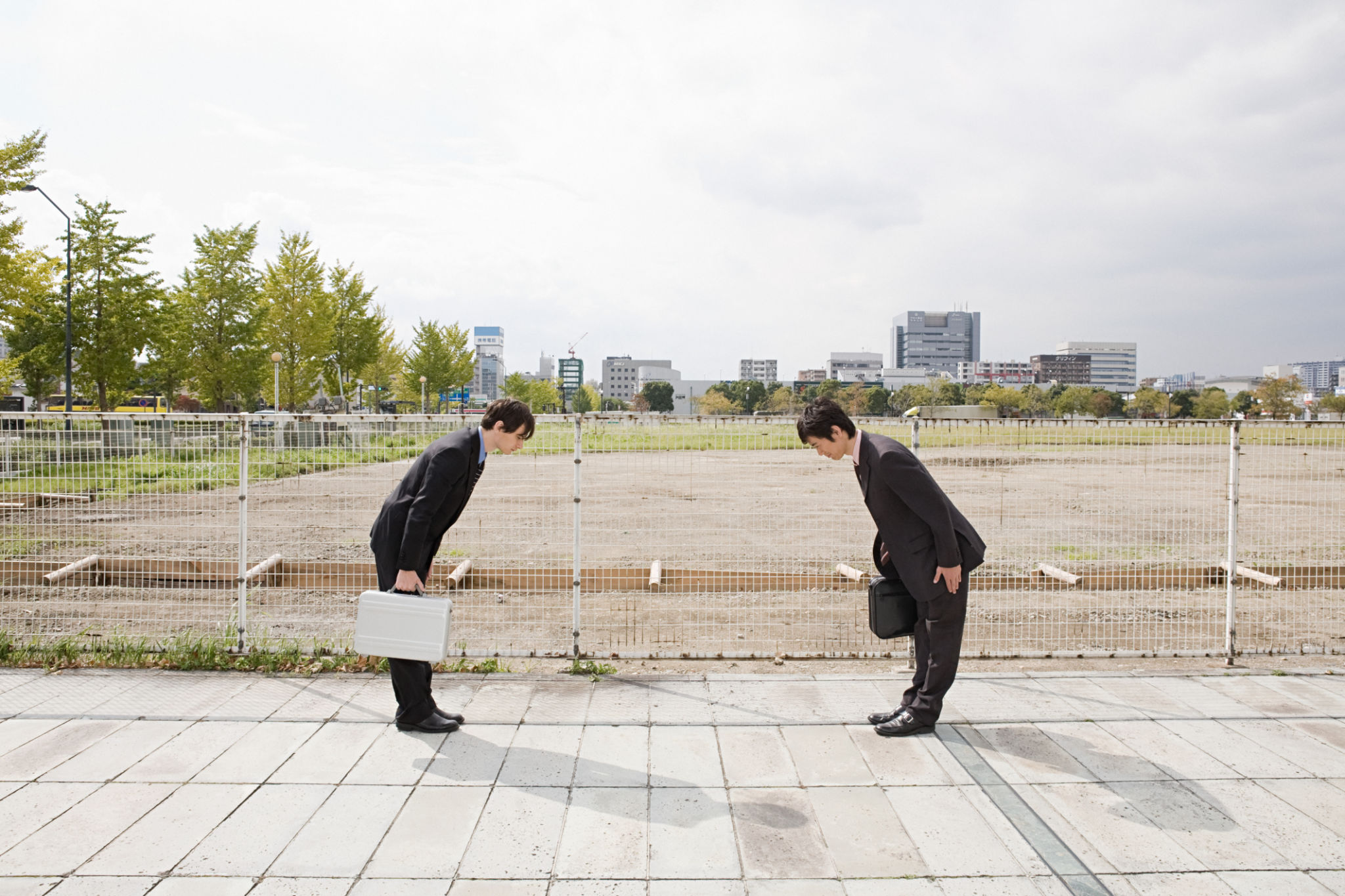Industry Trends: The Rise of Cold Formed Building Kits Across the U.S.
The Growing Popularity of Cold Formed Building Kits
In recent years, the construction industry in the United States has witnessed a significant shift towards more efficient and cost-effective building methods. One trend that has emerged prominently is the rise of cold formed building kits. These kits are reshaping the way construction projects are approached, offering numerous advantages over traditional building methods.

What Are Cold Formed Building Kits?
Cold formed building kits are pre-engineered steel structures that are fabricated using a process where steel sheets are shaped at room temperature. This method contrasts with hot-rolled steel, which is formed at high temperatures. Cold forming allows for greater precision and uniformity, making these kits an attractive option for various construction needs.
These kits typically include everything needed to assemble a structure, from the steel frames to the necessary fasteners. The components are pre-cut and pre-drilled, allowing for quick assembly on-site. This streamlined process not only reduces construction time but also minimizes waste, making it an environmentally friendly choice.
Benefits of Cold Formed Steel Structures
One of the primary advantages of cold formed building kits is their cost-effectiveness. Due to the prefabricated nature of these kits, labor costs are significantly reduced. Additionally, the precision in manufacturing ensures minimal material wastage, leading to further savings.

Another significant benefit is the durability and strength of cold formed steel structures. Steel is inherently resistant to pests, fire, and extreme weather conditions, making it a reliable choice for long-term use. Furthermore, these structures can be designed to meet specific load-bearing requirements, offering flexibility for different types of projects.
Applications Across Various Sectors
Cold formed building kits are versatile and can be used in numerous applications across different sectors. They are particularly popular in the residential sector for constructing garages, workshops, and even full-fledged homes. In the commercial sector, they are used for warehouses, retail spaces, and storage facilities.
The agricultural sector also benefits from these kits, utilizing them for barns, stables, and machinery storage. Their adaptability makes them suitable for both rural and urban settings, catering to diverse construction needs.

The Environmental Impact
As sustainability becomes a key focus in construction, cold formed building kits offer an environmentally friendly alternative. The manufacturing process is energy-efficient, and because steel is 100% recyclable, it contributes to a circular economy. Moreover, the reduced construction time and waste further decrease the environmental footprint of building projects.
Many builders and developers are now choosing cold formed structures to align with green building initiatives and meet stringent environmental regulations. This shift not only benefits the planet but also appeals to environmentally conscious consumers.
The Future of Cold Formed Building Kits
The rise of cold formed building kits is expected to continue as more industries recognize their advantages. As technology advances, we can anticipate further improvements in design and manufacturing processes, making these kits even more accessible and efficient.
With their combination of affordability, durability, and sustainability, cold formed building kits are poised to become a staple in modern construction practices across the United States. As more builders adopt this innovative approach, the landscape of the construction industry is set to transform significantly.

